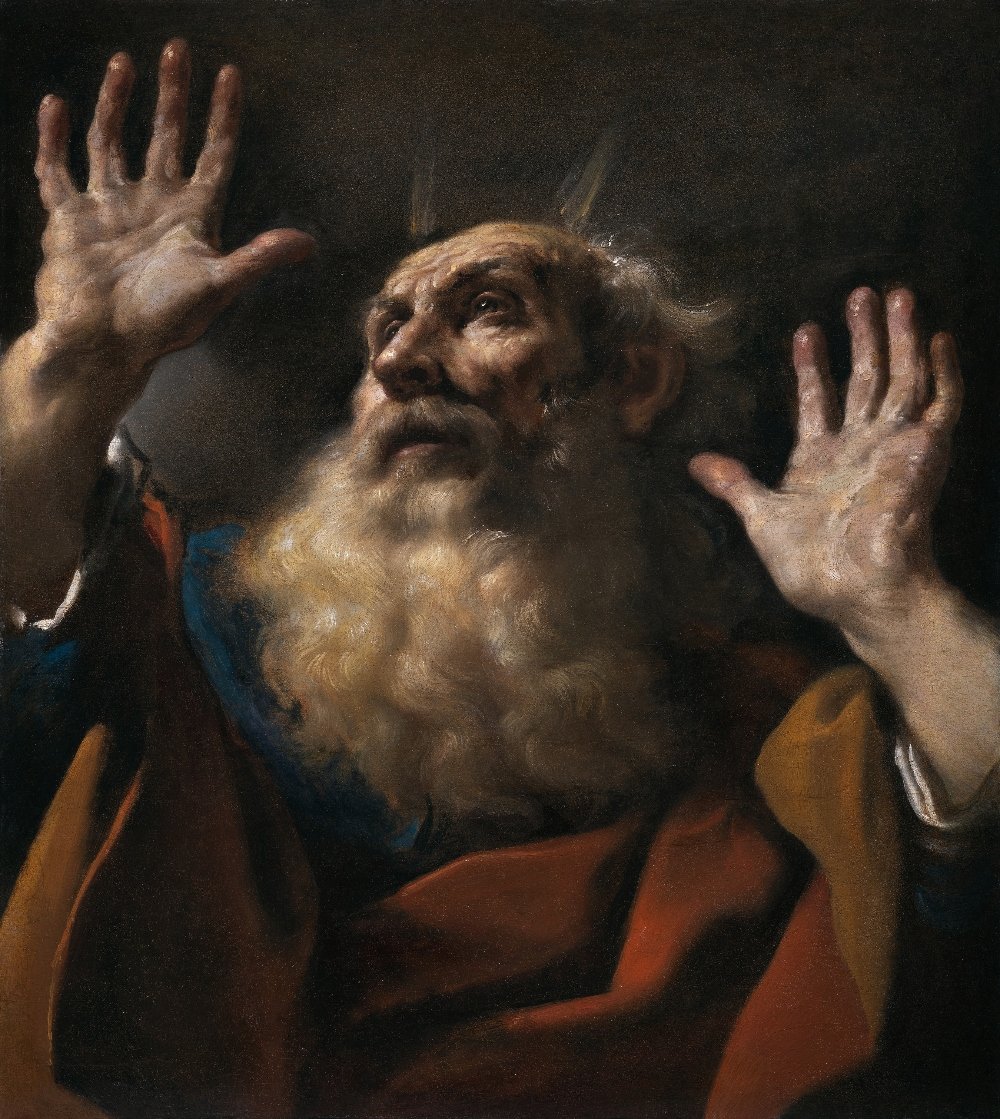
The exhibition of a newly discovered painting by the Italian Baroque master Giovanni Francesco Barbieri, better known as Il Guercino, will inaugurate Moretti Fine Art’s new Paris gallery later this week. The portrayal of Moses shows him with his palms held up in reverence and, thanks to a recent restoration, illuminated by holy light.
Just last November, the same painting debuted in Paris to considerably less fanfare when it was offered by Chayette & Cheval auction house. At that time, it was attributed to an anonymous follower of Guido Reni from the 17th-century Bolognese school, and came with an estimated price of just €5,000 to €6,000 ($5,175–$6,200).
Chayette & Cheval’s catalogue noted that an attribution to Guercino had been considered by the auction house, on the basis that a copy of the same composition by his pupil Benedetto Zalone was offered by Franco Semenzato auction house in Venice in 2001. It did not reveal why this evidence was dismissed.
The sleeper must have caught the expert eyes of at least two bidders, who battled it out on November 25. Eventually the Italian Old Master specialist Fabrizio Moretti won the prize for a dizzying €590,000 ($610,000). Even this sum is dwarfed by the painting’s new asking price, which is somewhere in the region of €2 million ($2.2 million).
“We never questioned the attribution,” Moretti told Artnet News. “From 100 meters you can tell this is an early Guercino, which is the best moment in the artist’s career. Our eyes are our knowledge.”
Over the past year, the savvy dealer has set to work cleaning the painting and getting its provenance in order. “We gambled a little bit, because you always take a risk when you buy a dirty painting,” said Moretti. “Luckily the painting was in perfect condition.”
New research suggests that the work was produced around 1618 or ’19, when Guercino was in his late 20s and still living in Cento, not far from Bologna. This makes it a prime example of the artist’s highly prized prima maniera, a term that describes the works he produced before going to Rome in 1621.
The model for Moses shares a strikingly similarity with the elderly male figure in Guercino’s Elijah fed by Ravens (1620) at the National Gallery in London. The work has also been compared to King David (ca. 1617–18), in the Musée des Beaux-Arts in Rouen, France, and Head of an Old Man (ca. 1619–20) which is at Oxford’s Ashmolean Museum. In each case, a man stares upwards in wonder, transfixed by something far beyond our line of vision.
It has only been possible to map out the canvas’s early history. The first record, from 1624, mentions it as part of the collection of Guercino’s patron Cardinal Alessandro d’Este, and after his death it entered the Este ducal collections in Modena. It was taken to France under Napoleonic rule, after which point all trace of the work is lost, though it remained known through copies. The rediscovered original goes on view at Moretti Fine Art in Paris on September 14.
More Trending Stories:
Artists to Watch This Month: 10 Solo Gallery Exhibitions to Seek Out in September in New York